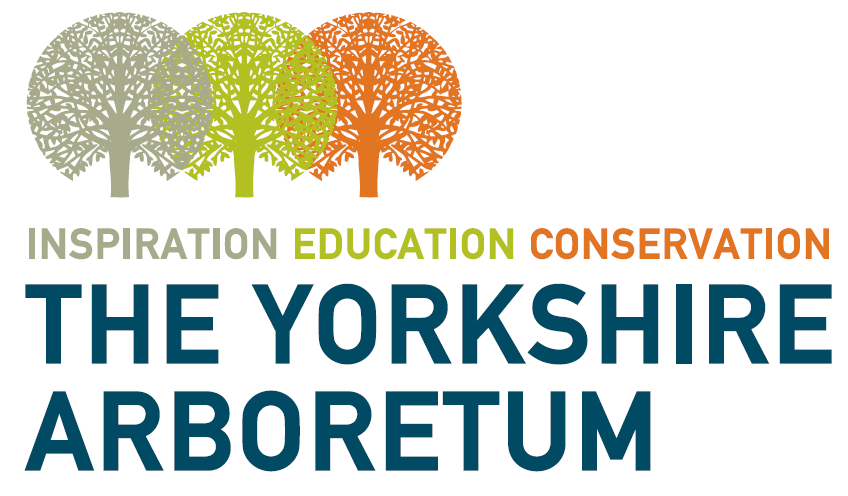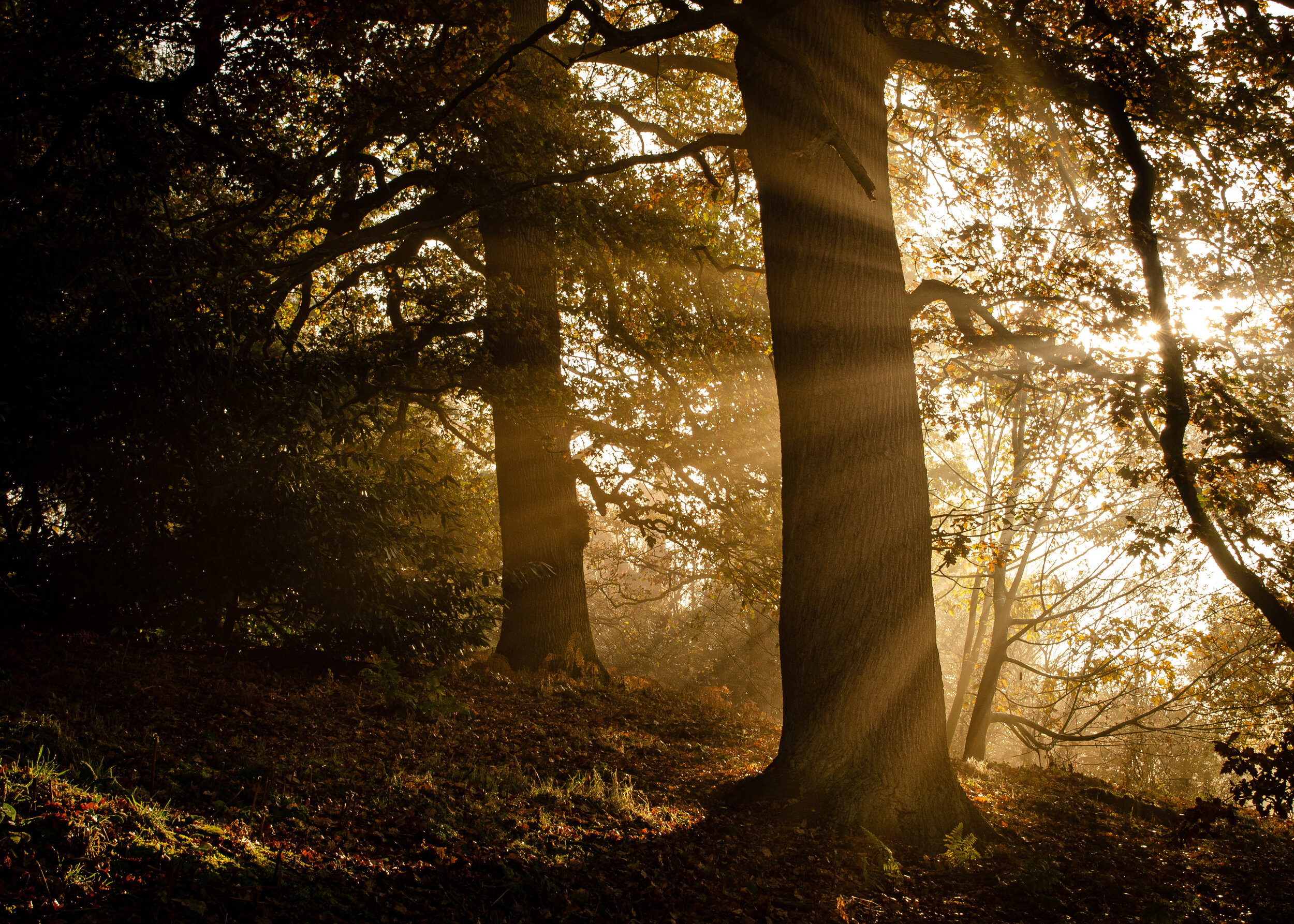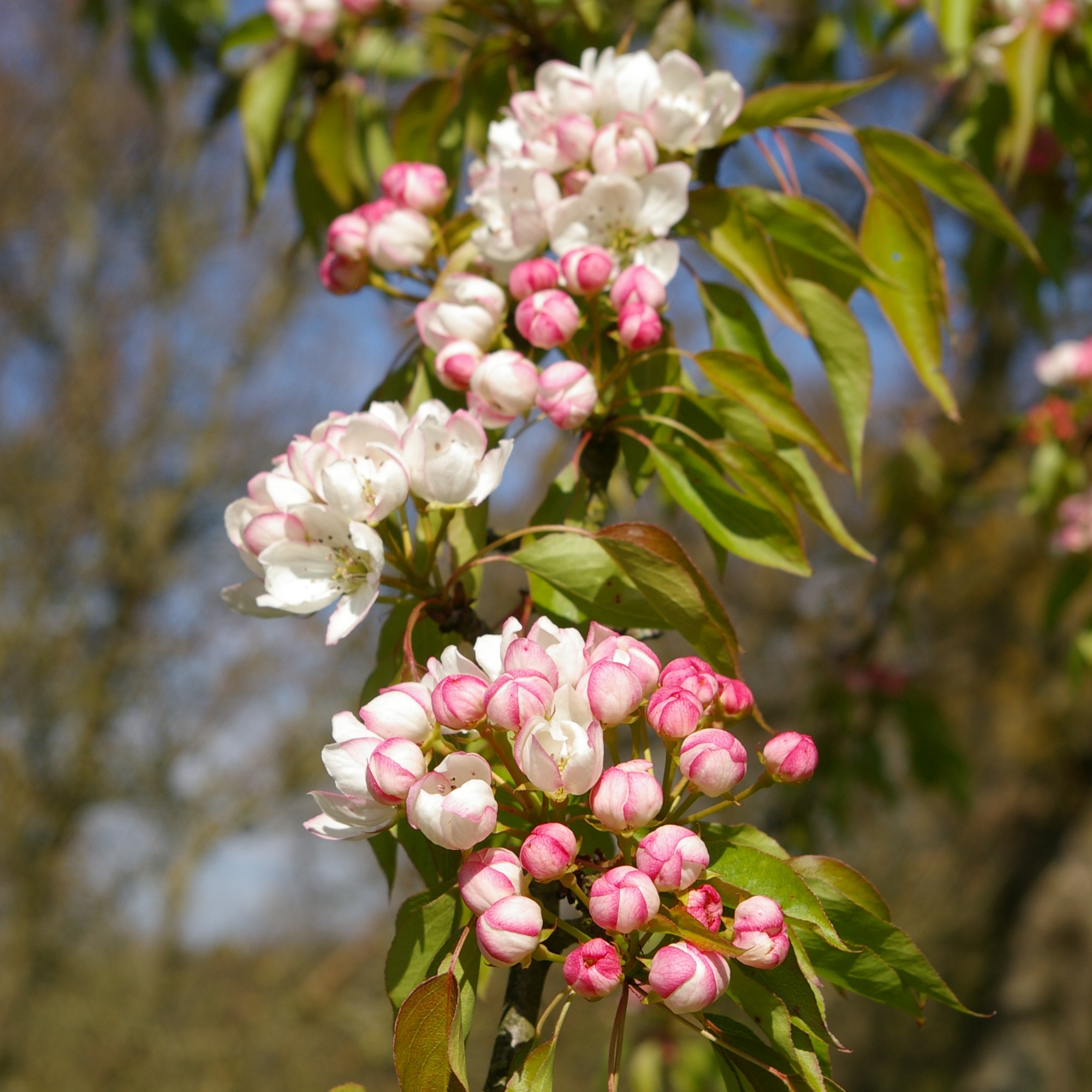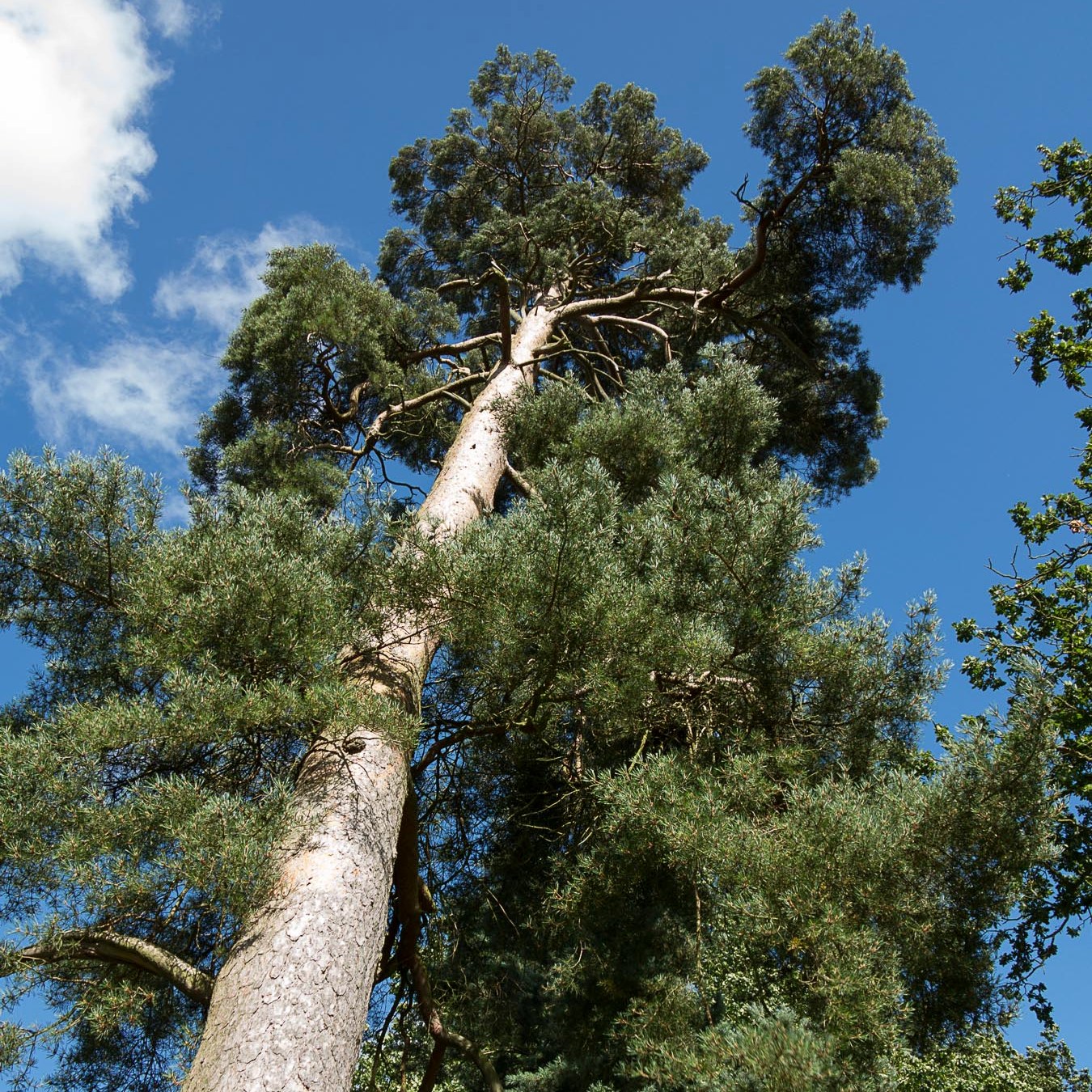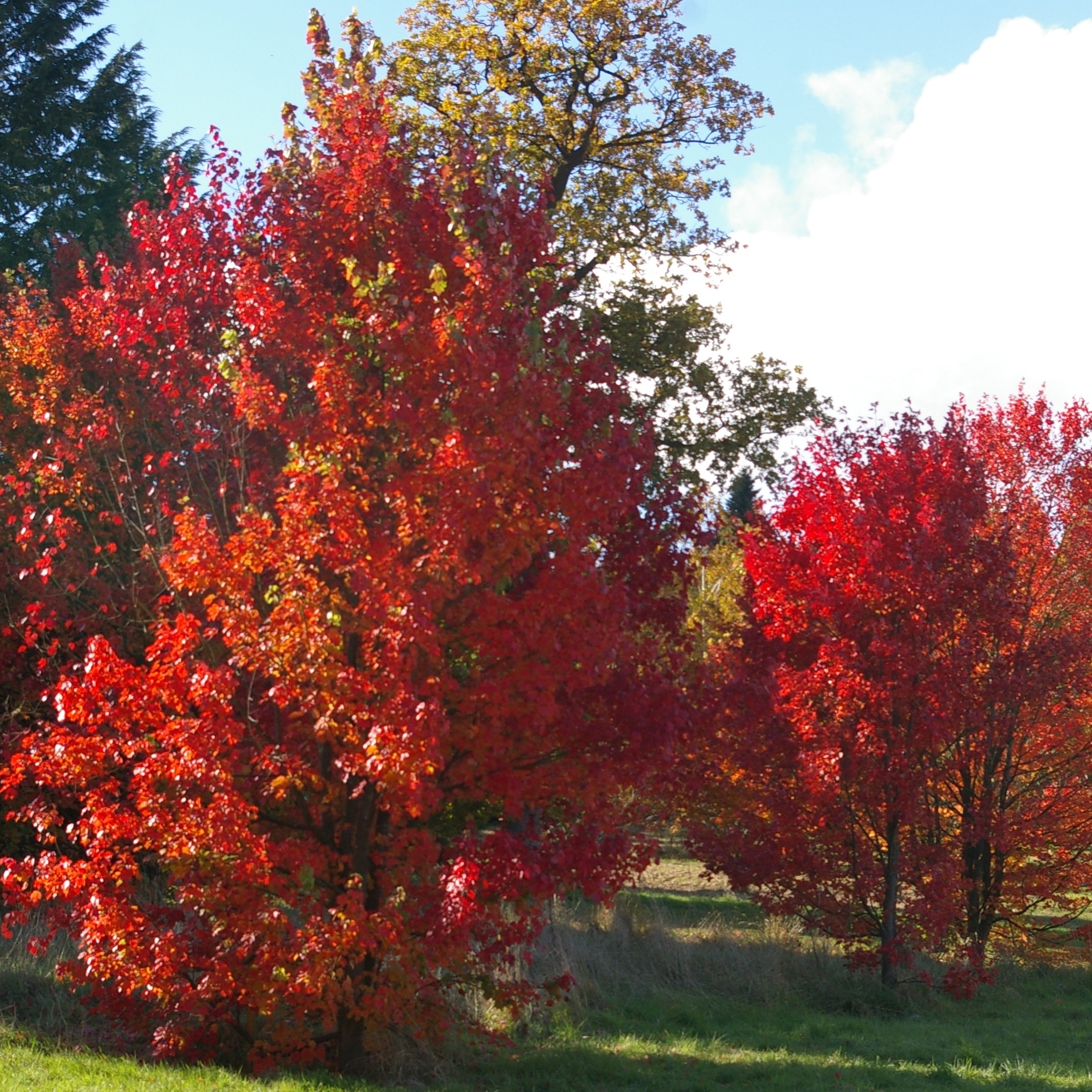The Collection
The trees in the Yorkshire Arboretum come from temperate regions around the world, including Chile and Australasia as well as the more expected North America, Europe and Asia. Originally planted in open fields, the collection has been winnowed by thirty or more winters; while there have been losses, the survivors demonstrate the vast range of hardy trees that can be expected to survive in North Yorkshire.
The plantings started with a diverse collection of interesting trees purchased in 1979 from Hillier Nurseries, Hampshire, which then offered an extraordinary range of material but was in the process of stream-lining its assortment. This gave the arboretum a core of good plants, many of them now rare in cultivation.
Jim Russell was an excellent propagator, as befits a nurseryman, and was especially fond of growing plants from seed. He raised large numbers of seedlings himself, and acquired material from botanical gardens and collections across the world. The vast majority of plants grown here, then and now, come from seed collected in the wild. This wild-source material is of particular scientific value, as it records in living form the variation and genetic diversity of wild populations in their natural habitat; plants of cultivated origin may be clones selected by nurseries for one particular character, or be hybrids that have arisen when parents are brought together. These often have excellent horticultural qualities, but are of little scientific or conservation value.
With natural habitats being destroyed or damaged at an alarming rate, the presence of wild-origin plants in cultivation ensures a source of seed for potential rehabilitation schemes that maintains at least some of the species' genetic diversity. They can also be used as sources of genetic material for botanical research.
The trees in the Yorkshire Arboretum also tell another story – of the endeavours made by collectors to bring the seed back from the wild. We are fortunate in having specimens grown from material attributable to almost every notable plant collector active in the past 160 years. In Ray Wood are rhododendrons derived from the seed collected in Sikkim by the young Joseph Hooker in 1849, while recent plantings in the arboretum include specimens from many recent expeditions from Kew and other botanic gardens. A list of the collectors and the codes used to identify them on plant labels can be found in the Visitor Centre.
The collection here is exceptionally well labelled, with each tree having a label attached to a branch, usually on the western side of the tree, and another on a stake in front of it. Without accurate labelling the tree becomes of ornamental interest only, as the data that is of scientific value is lost. All our records are maintained on a database and provide a full record of the tree's provenance and its planting history that is of huge interest.
